Mining South Africa GDP
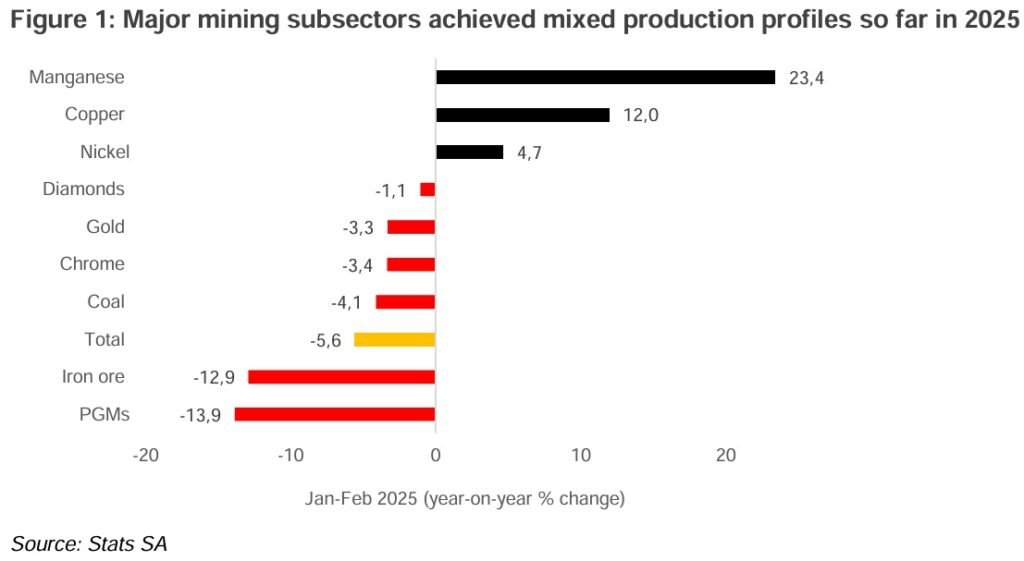
Mining has long been a cornerstone of South Africa’s economy, contributing significantly to the country’s GDP, employment, and export earnings. As one of the world’s most mineral-rich nations, South Africa continues to rely on its mining sector for industrial development, foreign exchange, and infrastructure growth.
Here’s an in-depth look at how mining contributes to South Africa’s GDP and its broader economic impact.
1. Mining’s Contribution to South Africa’s Economy
South Africa’s mining sector accounts for around 7–8% of the national GDP, making it one of the most significant contributors to the country’s economic output. The industry supports:
- Export revenue – Mining is a top earner for the country
- Employment – Over 450,000 direct jobs, with many more in related sectors
- Infrastructure development – Roads, power, and rail systems are often built around mining zones
- Investment inflows – Attracts billions in foreign direct investment (FDI) annually
The sector remains vital for economic stability and growth, especially in regions like Witwatersrand, Bushveld, and Mpumalanga.
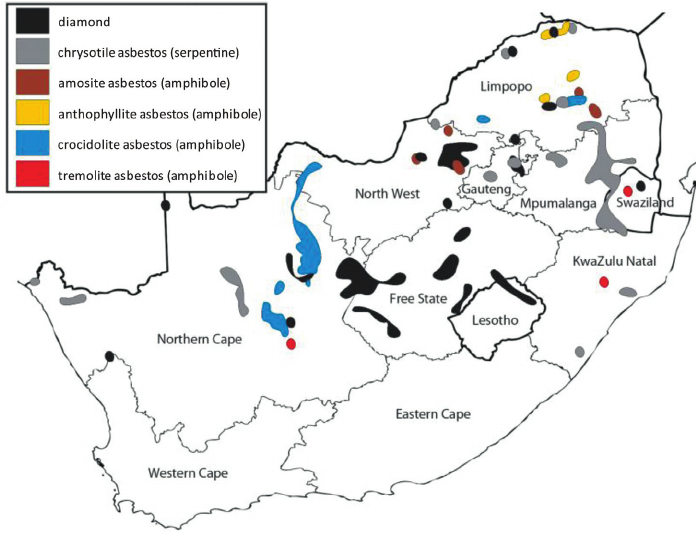
2. Key Minerals Driving GDP Growth
South Africa is a major producer of several critical minerals that support its economy:
- Gold – Historically the backbone of the mining sector
- Platinum Group Metals (PGMs) – Leading global supplier of platinum, palladium, and rhodium
- Coal – Main source of energy and export revenue
- Chromium and Manganese – Used in steel and industrial applications
- Diamonds – Significant value from both gem and industrial diamonds
These minerals fuel not only domestic industries but also international trade and global supply chains.
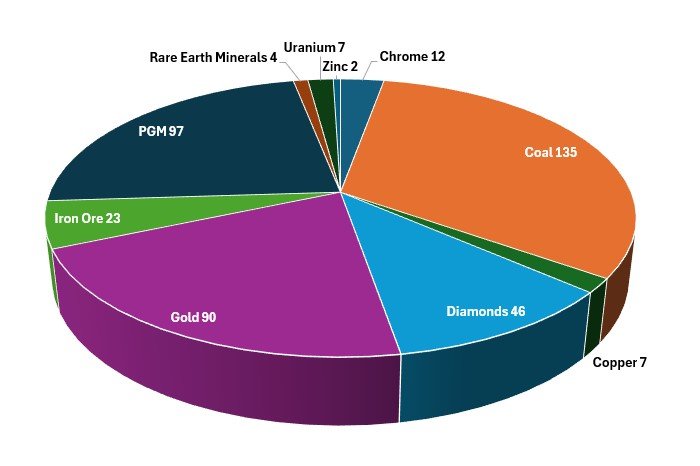
3. Mining and Employment
The mining sector provides direct and indirect employment to thousands of South Africans, particularly in deep-level gold and PGM mines. It also supports local communities through:
- Social and Labour Plans (SLPs) – Ensuring job creation and community development
- Skills training and education programs
- Local procurement and partnerships with small businesses
Despite challenges like power shortages and labor disputes, the sector remains a major employer in rural and urban areas alike.
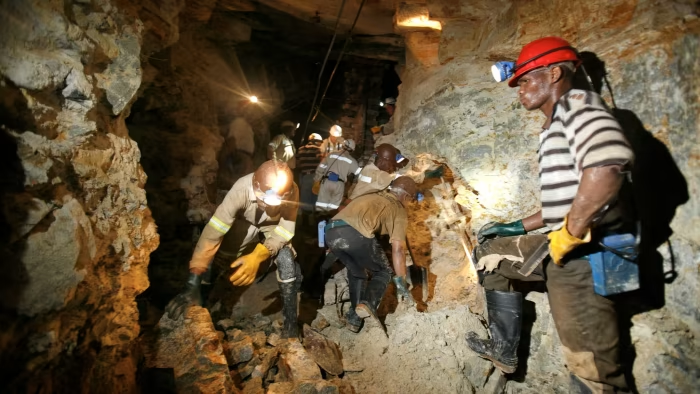
4. Mining and Industrial Development
Mining in South Africa is closely tied to industrial growth, including:
- Steel and manufacturing industries relying on chromium, manganese, and PGMs
- Energy sector dependent on coal and uranium
- Technology and automotive industries using platinum and lithium
This integration helps support downstream industries and create multiplier effects across the economy.
5. Challenges and Opportunities
While mining contributes significantly to South Africa’s GDP, it faces several challenges:
- Aging infrastructure and deep-level mining costs
- Power constraints from Eskom load-shedding
- Regulatory uncertainty and policy delays
- Global competition from newer, lower-cost producers
However, there are opportunities for growth in lithium, green hydrogen, and local beneficiation initiatives, which could help revive the sector and boost economic output.
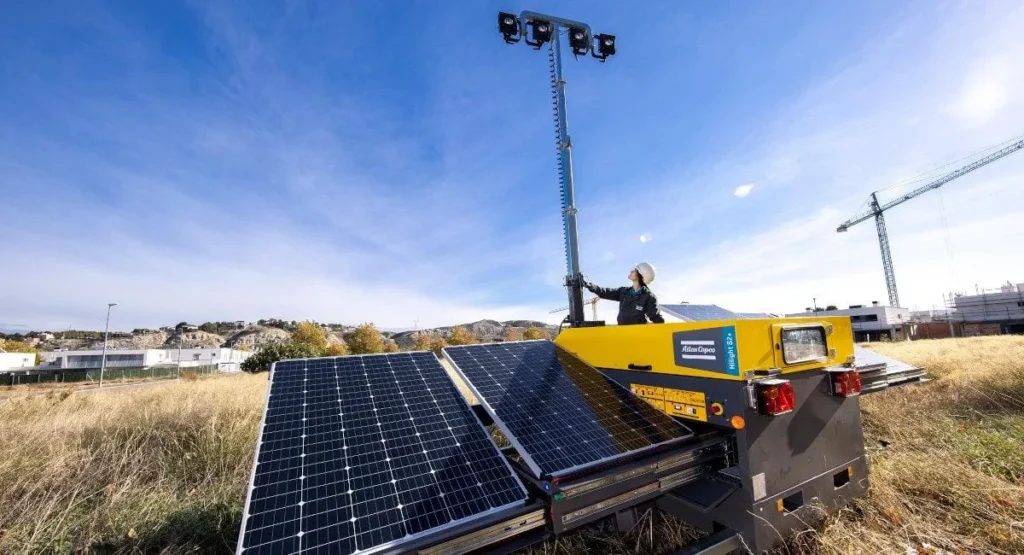
FAQs
Q1: How much does mining contribute to South Africa’s GDP?
A1: Mining accounts for around 7–8% of South Africa’s GDP, driven by gold, PGMs, and other critical minerals.
Q2: Which minerals have the biggest impact on the economy?
A2: Gold, platinum, and coal remain the most economically significant.
Q3: Is mining still a major employer in South Africa?
A3: Yes—mining supports over 450,000 direct jobs and many more in related industries.
Conclusion
Mining remains a crucial pillar of South Africa’s economy, driving GDP growth, employment, and industrial development.

